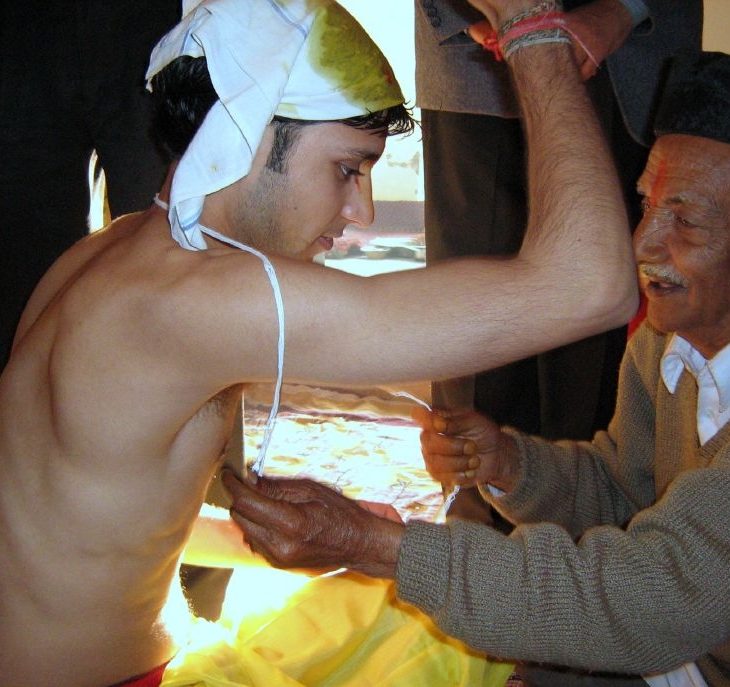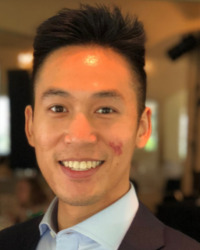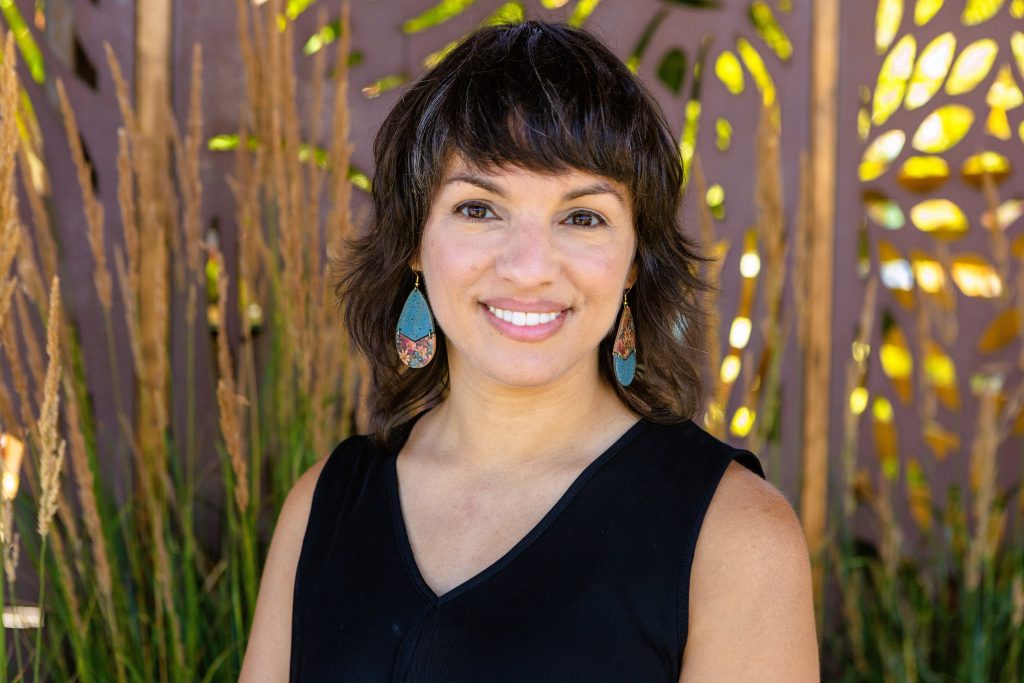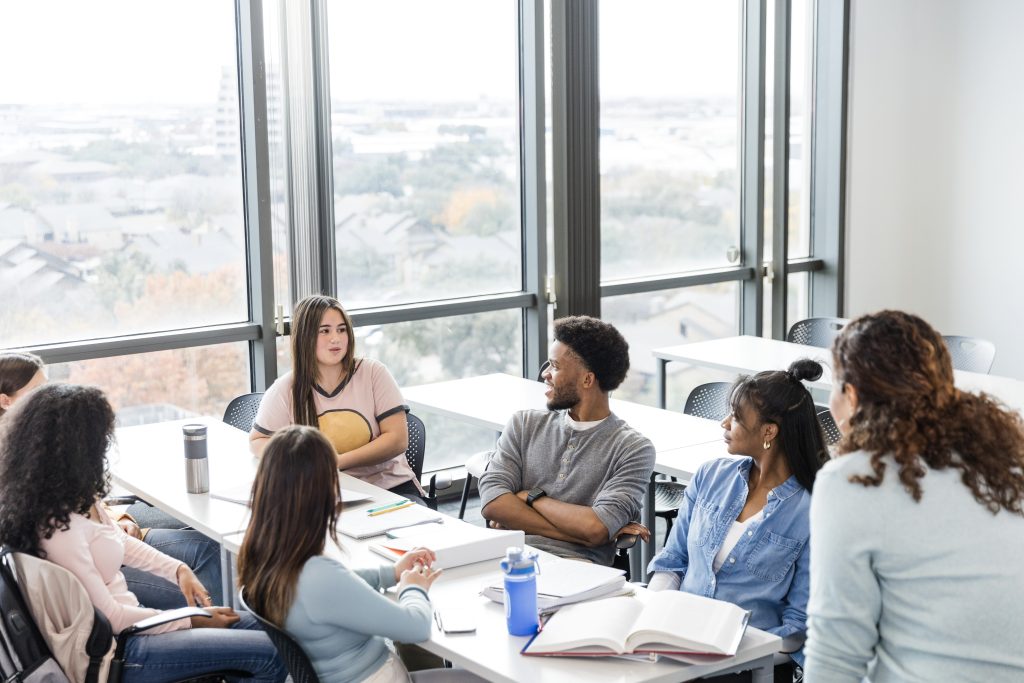Bringing Religious Literacy to the Operating Room
April 27, 2020

The preoperative room was a flurry of activity as I calmly told AA, the patient, about the risks and benefits of the surgery, a minimally-invasive lymph node biopsy. He was a tall, thin man whom I had seen a few weeks prior in the hospital for recurrent fevers and chills whose PET scan unfortunately showed large lymph nodes in his abdomen. Given his kidney transplant, he needed to undergo a biopsy to determine whether he had an opportunistic infection or an insidious cancer. In between securing an IV, confirming home medications, ordering preoperative labs, and placing a pulse oximetry, the nurse lifted up AA’s gown to confirm the surgical site and saw a thread loosely hung over his abdomen. She brusquely asked, “What’s this string? It’s got to come off before your surgery.” In the room answering any last-minute questions about his surgery, I briefly looked over and saw what may have been a sacred thread worn by patients who practice Hinduism; it symbolizes the upanayana, a rite of passage for Hindus as they enter their formal education.
I have found that people often wear what brings them comfort before a significant life event such as a surgery. Without directly asking AA to reveal his faith or world tradition, I asked AA if this was something that was important to him. I told him, “We have to ask you to remove everything from your body before the surgery for your safety and the staff’s safety.” I requested he take the sacred thread off here in the preoperative room and give it to his family member. If he wore it into the operating room, we would have to take it off for him, and I could not guarantee if would make it safely back to him after his procedure. He nodded, said, “Thank you,” and that was all that was mentioned.
Even as an advocate for including interfaith education in medical school curriculum, I am occasionally puzzled by how a patient’s religion and/or spirituality fits into my busy daily schedule as a surgery resident. These small but significant encounters, like the one with AA, remind me that interfaith interactions come in all matters of scale. A terminally-ill patient and their oncology team may be discussing end-of-life rituals, or a patient may be asked to remove his sacred thread before surgery. All these interactions come from a similar place, one of recognition and understanding.
In my first year of medical school in Houston, Texas, I sat down with one of my closest friends and collaborators, Stuart, a scholar in religion and medicine and the Vice-President of the Institute for Spirituality and Health. We brainstormed how to bring religious literacy to medical education and settled on a concept he had implemented successfully before – bring medical students to sacred sites of world traditions to interact with faith leaders and faith members. A few months later, Stuart and I started the first iteration of the course with eight students.
Five years later, we have enrolled over 60 healthcare professional students, spanning two medical schools and incorporating dental and nursing students. We are most proud that 100 percent of our students would highly recommend the course to their classmates. Through this course and my interactions with IFYC and its inspirational alumni, I have learned a tremendous amount about how my patients express their faith during their time in the hospital. I have learned that every patient and their support system require a unique approach. I hope my patients like AA continue to teach me that interfaith understanding, regardless of the setting or severity, bridges cultural divides and ultimately makes my care for patients more comforting.
Share
Related Articles
American Civic Life
American Civic Life

Lawrence Lin
Lawrence grew up in Denton, Texas as the son of Taiwanese immigrants. Raised in a Buddhist family, he was generally oblivious to religion throughout his childhood. In 2009, he began college at Rice University in Houston and later joined the Boniuk Center for Religious Tolerance where he attended an IFYC Interfaith Leadership Institute and coordinated his university’s Interfaith and Community Service Campus Challenge. Later as a medical student, Lawrence started the Sacred Sites of Houston, an experiential course discussing religion and spirituality in medicine. Now a surgery resident training to become a plastic and reconstructive surgeon at the Ohio State University, Lawrence continues to advocate for more interfaith curriculum in healthcare professional schools.



